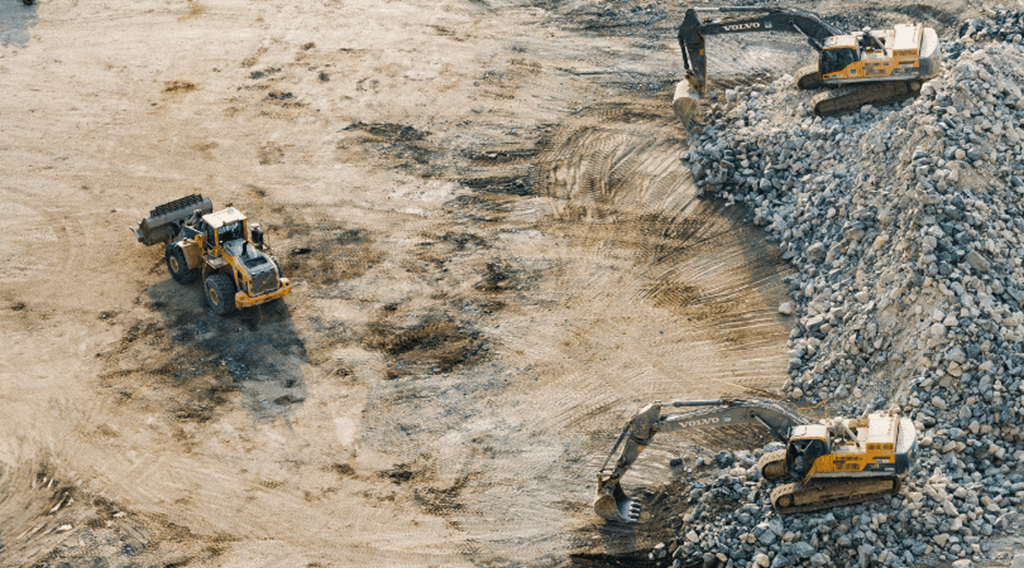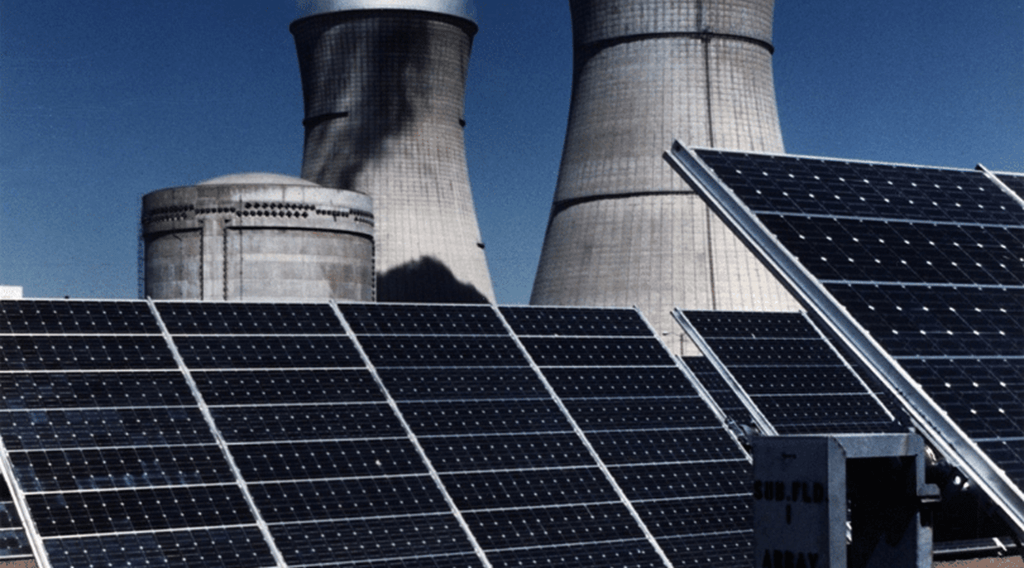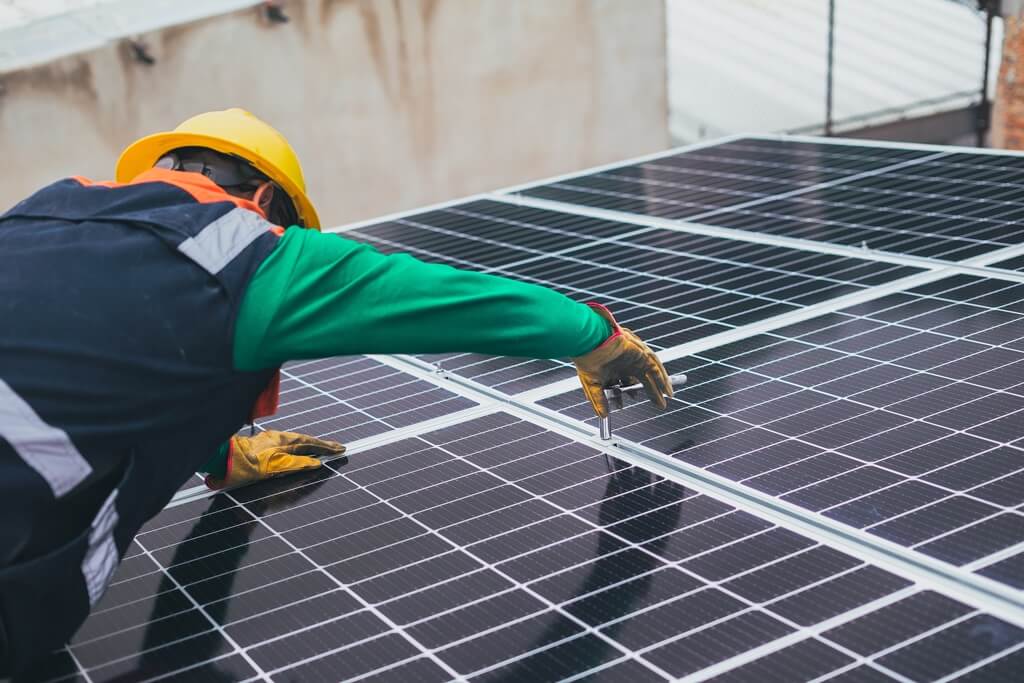“Unlock the future of Energy, Gas, Mining, and oil with drone advancements. Explore the transformative impact on operations, safety, and efficiency in these vital industries.”
The energy gas, oil, and mining industry has long been at the forefront of embracing cutting-edge technology to improve safety, efficiency, and cost-effectiveness.

A rising pool of technological advancements is aiding the growth of drone applications in the energy gas, oil, and gas industry. These developments enhance the capabilities of oil and gas solutions. They make drones more effective and enable them to do more complex jobs.
Drone benefits have rewritten the script for jobs, providing a new viewpoint on how to simplify operations, eliminate dangers, and reduce inefficiencies.
Drones have surely arisen as a part of this journey as the oil and gas industry explores fresh logistical ways. Drones for oil and gas, in particular, are gaining popularity. They were worth $8.09 billion in 2023. This may increase to about $87.02 billion by 2029.
Drone Advancements in the Energy Industry
Drone technology is causing major changes in the energy business. Inspections are required for energy sectors such as solar, wind, oil, and gas, but they may be time-consuming and costly.
Drones in the energy industry bring realistic answers to everyday issues and assist businesses in avoiding harmful man-hours, lowering maintenance, inspection, and repair costs, and increasing efficiency. The following are some of the applications of drones in the energy industry:
Surveillance And Monitoring Advancements
Drones observe other important infrastructures like electricity lines, pipelines, and substations. They give real-time visual data, allowing for preemptive detection of possible problems and preventative maintenance, assuring the stability of energy networks.
Drones have been highly significant for the energy business since they enable 24-hour surveillance and monitoring of various assets and deliver real-time data to benefit the industry and those working on them.
Drones aid in environmental monitoring near energy installations, assuring regulatory compliance. They can detect and respond to any environmental dangers, which helps to promote sustainable and responsible energy practices.

Inspection of Infrastructure
Renewable energy will surpass coal-generated electricity by 2025. Wind farm operators must maintain their wind turbines at optimal efficiency and extend the life of their three-bladed assets to optimize return on investment.
Hail, snow, lightning, rain, salt, and dust are all persistent threats to turbine components. Other causes of turbine blade damage include high-load buckling and manufacturing flaws that result in blade de-bonding.
Operators may fly anywhere on a turbine using drones to examine its operation, damage, and methods to improve its performance.
This strategy would improve the health of the various assets, allowing the firm to generate more money and employ the same assets for a longer amount of time.
Because energy-related assets are prone to external damage, drones can give useful insight into the health of the assets and provide data to enhance the assets.
Drone Advancements In Gas Exploration and Extraction
Drones play an important role in the gas exploration and extraction business, notably in surveying and mapping.
Gas exploration and extraction is one of the most dangerous industries, putting people’s lives at risk. Drones may be highly useful in this industry, providing valuable knowledge into the finding and extraction of natural gas. Some of the applications of drones in gas exploration and extraction are given below:
Enhanced Surveying and Mapping
Drones are a low-cost and efficient way to perform airborne surveying of gas exploration prospects. They collect high-resolution images that allow for precise topographic mapping and terrain analysis, which aids in the planning and development of gas extraction operations.
The industry is already using drones to identify damage, corrosion, and other maintenance concerns. A drone can take data in only a few hours, producing high-resolution maps and timelines while keeping activities going.
They are employed in the mapping and surveying of pipeline routes for gas transfer. They can swiftly traverse wide regions, providing geospatial data that aids in optimizing pipeline architecture and spotting possible environmental issues.
Safety Improvements in Gas Operations
Oil and gas businesses are lowering dangerous working hours as a result of drone technology. According to industry sources, using drones for inspections can result in productivity benefits of up to 33% and a 50% decrease in inspection expenses.
Many oil and gas businesses are introducing drone programs to undertake inspections that would previously demand large worker hours and put people in danger.
Drones equipped with specialized sensors can be used for detecting gas leaks. They provide a swift and accurate means of identifying potential leaks, allowing for rapid response and preventing safety incidents
Safety is a significant consideration in the energy business, and drones enable organizations to lessen the hazards involved with humans accessing restricted places or other risky regions.
Without the presence of people, a drone may monitor chimneys and smokestacks, storage tanks, and critical industrial units at refineries, as well as jetties and hazardous situations.
Drone Advancements In The Mining Sector
The world’s leading firms have already begun to incorporate mining drones. Drones have shown to be indispensable instruments in every aspect and step of a mining site, from exploration to drilling and blasting to reclamation.
Drones improve mining exploration by providing clear and detailed maps of even the most difficult terrain, allowing for precise excavation planning. Some of the uses of drones in the mining sector are given below:
Drone Advancements For Exploration and Mapping
Drones undertake high-resolution airborne assessments of mining sites in a timely and precise manner. This information assists in geological mapping, the identification of possible mineral resources, and the optimization of exploration techniques.
Drones make it easier to create comprehensive 3D representations of mining regions. This improves the depiction of topography, geological characteristics, and possible extraction locations, allowing for more informed decision-making during the exploration phase.
They are used to track the plant cover in mining sites. This data is critical for determining environmental damage, adhering to rules, and executing successful reclamation programs.
Drone Advancements For Safety and Efficiency
Mine site accidents are painful, costly, and more preventable than ever before, owing to mining drones. In truth, you only need to access a location once with a PPK-equipped drone to put checkpoints.
Drones help to improve security by monitoring energy and mining sites for unwanted activity. This proactive monitoring adds to overall site safety and aids in the prevention of potential security breaches.
This increases surveyor safety since data collection may be done from a distance for all surveys in the same region. Surveyors are kept secure, and your facility remains operational and incident-free.
Drone technology supplants human assessment in underground mining scenarios, evaluating ground conditions, tunnel walls, blasting regions, and overall site stability. This approach enables the identification of hazards without subjecting personnel to potential risks.
Drone Advancements In The Oil Industry
An increasing number of businesses, including the oil and gas industry, are harnessing the potential of drones, which represent an emerging technology.
From 2019 to 2025, the global market for oil and gas drones is predicted to reach 16.72 billion USD, rising at a compound annual growth rate (CAGR) of 35.24%.
Better Leak Detection Advancements
Leaks are extremely costly accidents in the oil industry because they may cause widespread collateral damage and environmental impact. Manual labor can’t identify the leak in huge industries.
Drone-based leak detection is both faster and more thorough. Drones, for example, may readily detect spills and corrosion in flare stacks located high above ground.
And, since they can access difficult-to-reach regions at record speed, they may do checks more often, thereby lowering your clean-up expenses by up to 90%.
Drones can avoid structural collapse and identify possible problems before they endanger personnel and facilities. The drone has been a very important asset for the gas industry as it provides great insight into the assets and leaks.
Drone Advancements For Reduced Asset Maintenance Costs
Quicker, safer, preventive drone inspections are invariably linked to cost reductions. Drones can save millions of dollars in asset maintenance expenditures.
They, for example, minimize the quantity of scaffolding and other temporary structures required for inspections. This alone saves a lot of time and money.

Drones may also conduct inspections without disrupting oil operations. Typically, flare stacks and boiler tanks require shutting down several days in advance to ensure safe human access and contact during inspections.
Drones, on the other hand, may check facilities and assets rapidly and safely. This allows oil platforms to run longer, saving you time and money.
Why Choose Upload Media Services For The Energy Gas, Mining & Oil Industry In Australia?
Elevate your energy, gas, mining, and oil sectors through Upload Drone Service’s comprehensive drone services.
From equipment showcases site documentation to environmental impact documentation our drones offer tons of advantages. Our experts utilize advanced techniques and equipment to help you improve your efficiency, safety, and profitability.
How Can Upload Media Services Help You In The Energy Gas, Mining & Oil Industry In Australia?
With over 15 years of experience in the field, we have the experience and expertise to ensure the job is done well. From inspection to environment monitoring our advanced aerial solutions cover everything you require.
So, trust us to deliver the precision, data, and insights you need to thrive in Australia’s critical industries. Contact us now to develop and implement a solution that meets your specific requirements.
FAQS On The Energy Gas, Mining & Oil Industry
Why Are Drones Used In The Mining Industry?
Employing drones facilitates the execution of tasks in and around mines, tasks that would be more perilous if undertaken by humans or would require additional time and effort using alternative techniques.
Mapping and surveying, stockpile measuring, and inspection are examples of these jobs.
What Are The Best Drones To Use In The Mining Industry?
Fixed-wing drones excel at covering extensive mining areas on the surface, while underground operations demand the enhanced agility of multirotors.
Depending on the application, specific sensors and payloads may include photogrammetry cameras, LiDAR scanners, and gas sensors.
What Are The Uses Of Drones In Oil Industry?
Drones in the oil industry are used for:
Infrastructure Inspections: Conducting aerial inspections of oil rigs, pipelines, and facilities.
Mapping and Surveying: Creating detailed maps for efficient planning and resource optimization.
Security Surveillance: Monitoring large areas to enhance security and detect unauthorized activities.
Emergency Response: Assessing incidents such as spills and equipment failures for swift and effective response.
Can Drones Be Used in Pipelines?
Yes, they can be used in the pipeline. Drones provide several benefits for pipeline inspections, including accuracy and improved technologies.
Using drones to detect leaks and identify potential issues can save costs and equipment compared to traditional inspection methods.